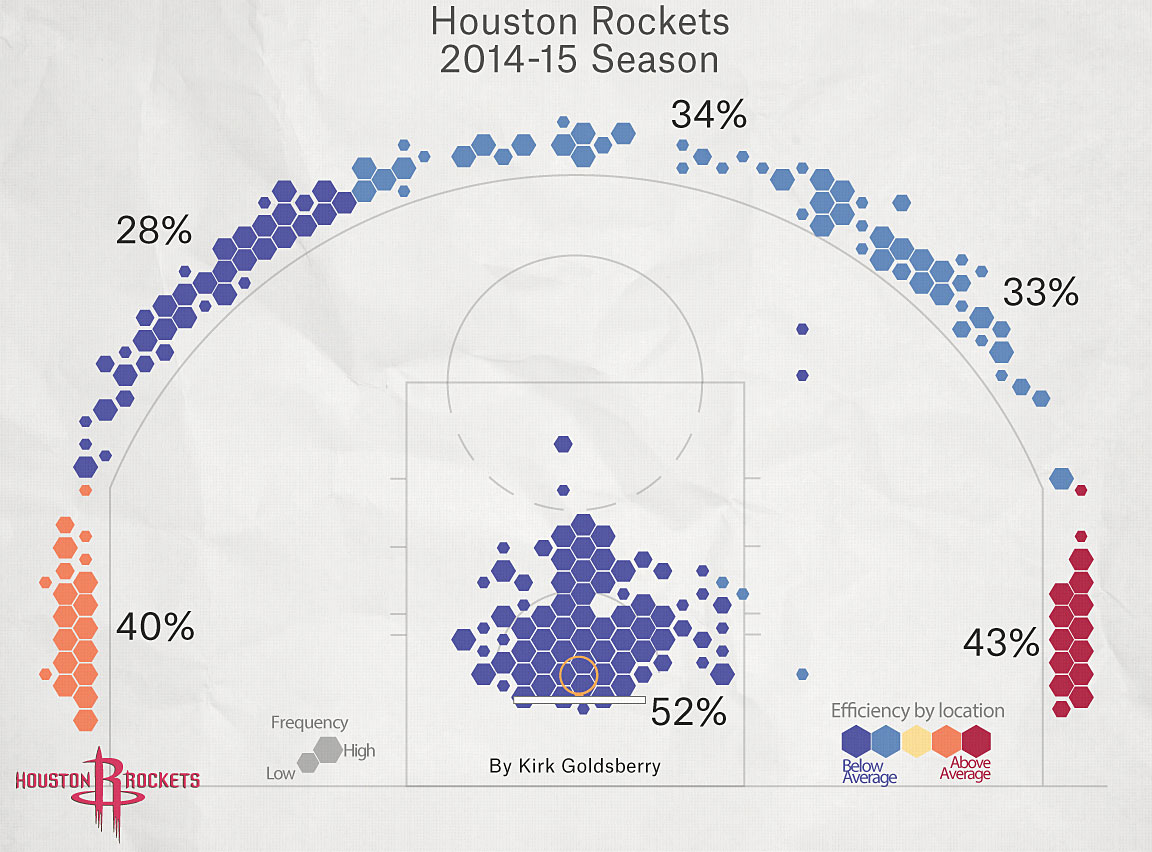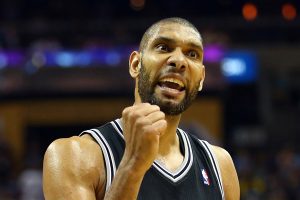It’s always fun to draw parallels between esports and traditional sports. Despite how different the games often look on paper, relevant concepts from physical sports can easily be translated to the digital plane. The nature of competition is fundamentally similar. And when it comes to League of Legends, no sport is more similar than basketball.
Esports and basketball
The esports industry in North American is most aptly described by the word “amateur.” There simply is a lack of experts with a ton of professional teambuilding experience, and organizations are quick to draw from their pool of friends, rather than looking across sports. Finding a matching sport for League of Legends would, first and foremost, help to identify possible prospects for talent development: assistants, coaches, strategists, etc.. In this era, talent is multidisciplinary; experts are able to span across fields more often than not as the soft skills become more salient than the technical know-how.
Analysts currently within esports can also look to the parallel sports world to discover the new ‘meta’ at any given time. Think, for example, about “MoreyBall.” This philosophy drives the Houston Rockets’ formula for winning, and brought them within one game of the 2017 Western Conference Finals. This high octane offense is underpinned by the idea of avoiding the most inefficient choice: the midrange shot. As a result, virtually every field goal attempted by the rockets is either a 3-pointer or a layup/dunk at the rim.

If we applied this philosophy to League of Legends, we might think about eliminating some of the middle efficiency choices. Perhaps it becomes only purchasing incredibly high gold/value items. Maybe it’s about a more skewed distribution of gold towards carries, and completely starving out your tank. The value here is an illumination of possible paths, not the carving-out of a singular route.
Why basketball?
EE’s John Kelly actually started drawing some parallels a while back, though it emphasized the marrying of financial worlds, something I ignore completely here.
The positions mirror each other.
They’ve each got 5 players a side in each game.
The jungler is the point guard. The extension of the coach onto the floor, as my old high school basketball coaches used to say. A jungler must control the tempo of the game, allocate resources appropriately, and decide when the action happens, just as the point guard does. Do we share the ball/who do I want to gank for? Am I going to put up an early shot/will I go for aggression or the counterplay? Do I take the shots myself/am I a Russell Westbrook or James Harden ball-dominant ‘point guard’?
ADCs are shooting guards. They are put in the best situation to generate pure offense, usually being setup through their teammates. Often, they are the most mechanically refined player on the team, though not the most complete. They whine all too much about not getting enough shots (or kills/farm) and expect to be the center of attention.
Your midlaner is… probably a small forward. Midlaners are, without a doubt, the most flexible player on the team, similar to a small forward. They need to know AP/AD, ranged/melee, control/assassin. Similarly, the SF is a jack of all trades, and sometimes a master of all of them too: thanks LeBron.
Top laners are power forwards, with a requirement to

bruise, but still with opportunities to shine. The quintessential top laner is stalwart, able to produce results reliably, and still a threat on the field. Sounds a lot to me like the greatest power forward of all time, Tim Duncan.
Supports get to be the modern NBA center. You basically clean up the mistakes of all your teammates. Very few modern NBA centers are put in a superstar role. Even past headliners like Dwight Howard have been reduced to a 2nd or 3rd option on their new teams. You grind; you make up for your teammates’ shortcomings; you do the dirty work – screening, rebounding, defense (warding, babysitting, tanking/healing/shielding). And at the end of it all, there is little to no appreciation.
You May Like
Only the last 5 minutes matter
For sure, there are games decided early on. Insurmountable leads often appear between poorly matched teams, and viewing those games can be skipped altogether. But many more matches are held relatively close until the closing minutes, where a couple of significant plays decides the outcome of the game. Think about that one big 50-minute teamfight in League after 49 minutes of insignificant scrapping, which ultimately ends up in one team pushing straight down mid.
Contrast this to something like Hockey, where excitement is present from the first to the last minute. Variance is incredibly high all throughout the game, since goals are so rare to come by.
You can build your team in any way you want
And I think this is probably the coolest parallel to draw between the two worlds. We see teams that are completely built around a single player: Allen Iverson’s 76ers or UZI’s protect the dog compositions come to mind right away. Mutliple star teams are also super potent: any NBA “Big-3”, and in League of Legends, Moscow 5’s original four-threat composition featuring 4 legitimate damage threats was revolutionary at the time.
You aren’t forced to have offense flow through your QB and RB. Your scrumhalf isn’t picking up the ball every single time. You don’t need to have a goalie at all. And the two games – League of Legends and basketball – are only becoming more flexible as time goes on. The emergence of ‘point forwards’ like Lebron, Giannis, and Ben Simmons predict a trend for the foreseeable future.
What does this mean?
As mentioned, esports organizations should be willing to look to the basketball world to find supporting talent. Assistants and analysts may have more to offer than it may seem on the surface, especially with the increasing availability and understanding of statistical analytics. Vice-versa, if you have done a great job in the esports world but now want to expand your horizons, perhaps aim for a similar position in basketball.
Additionally, esports organizations may start looking to use their existing staff to support both teams if they have NBA investors as part of management. There’s no reason to waste this talent.
Finally, more discourse simply needs to happen between the two worlds. When great minds come together, good shit pops out. Ideas can be bounced quite easily with just preliminary knowledge of both worlds, simply because the soft components from each game are so comparable to the other.
After all, we need to remember that League of Legends isn’t just a video game.
It’s an eSPORT.
















